Valve are making a card game

Once upon a time, Valve made a shooter. Then they made some more shooters. Then they made a shop, a funny puzzle game, some zombie games, and a MOBA. I lay it out like that in order to establish some context for the phrase ‘Valve are making a card game’: They have rarely entered a new field and not left a considerable mark.
Artifact marks Valve’s arrival in a competitive arena—digital card games have become, in the years since Hearthstone, a fixture of the PC landscape. It is also the first substantial expansion to the fantasy universe they established with Dota 2, acting as a narrative prequel to the company’s flagship competitive game. Designed by Magic: The Gathering creator Richard Garfield and developed by a team that includes veteran designer and Magic Pro Tour pioneer Skaff Elias, Artifact is also an attempt to improve upon the formula that forms the basis of the entire CCG genre.
“We’re trying to push the boundaries” Garfield says. “We are really leveraging the way the computer can keep track of a much bigger set of data than you would want to do on paper.”
The result is a game that features CCG mechanics within a broader and dynamic strategic sandbox. Play takes place across three boards—or lanes, in the language of Dota. Players begin the deck-building process by choosing five heroes, each of which has a color—red, blue, black, or green—that represents their role. Heroes have their own characteristics, and each comes with three copies of a signature card that must be included in your deck. You then fill out the remaining cards with creeps, spells, and lane-enhancing improvements based on the colors of the heroes that you’ve selected.
هذه القصة مأخوذة من طبعة January 2019 من PC Gamer US Edition.
ابدأ النسخة التجريبية المجانية من Magzter GOLD لمدة 7 أيام للوصول إلى آلاف القصص المتميزة المنسقة وأكثر من 9,000 مجلة وصحيفة.
بالفعل مشترك ? تسجيل الدخول
هذه القصة مأخوذة من طبعة January 2019 من PC Gamer US Edition.
ابدأ النسخة التجريبية المجانية من Magzter GOLD لمدة 7 أيام للوصول إلى آلاف القصص المتميزة المنسقة وأكثر من 9,000 مجلة وصحيفة.
بالفعل مشترك? تسجيل الدخول
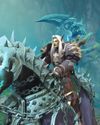
"The War Within itself has kept me coming back most evenings too"
WORLD OF WARCRAFT remains my jailer, and I couldn't be more pleased about it
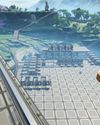
OK BUILDER
SATISFACTORY is the new titan in building and crafting games

HELL YES
DIABLO IV: VESSEL OF HATRED is a transformative expansion
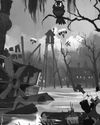
MOUSE: PI FOR HIRE
This mouse wants to be more than just a gimmick

WINDBLOWN
Dead Cells dev's new roguelike has me afraid for my free time
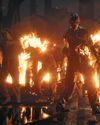
NO MORE ROOM IN HELL 2
As the zombie horde surrounded me just moments after taking down my two remaining teammates, the writing was really on the wall. Armed with just a chef's knife, it was clear I stood no chance, but I was going down swinging, hoping for a miracle... it didn't come.

OWNED BY STEAM
VALVE cordially reminds you that your games aren't yours

CURSE OF THE AZURE BONDS
These classic games haven't aged badly, but I sure have.
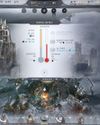
DEEP FREEZE
Endure a blizzard of tough choices and rough consequences in FROSTPUNK 2
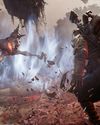
NEW HORIZONS
Building up REMNANT 2 outside the live service game grinder